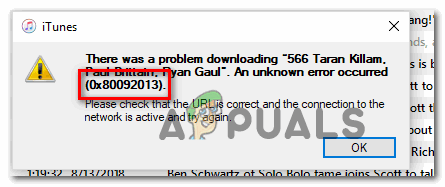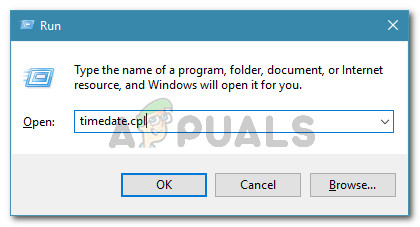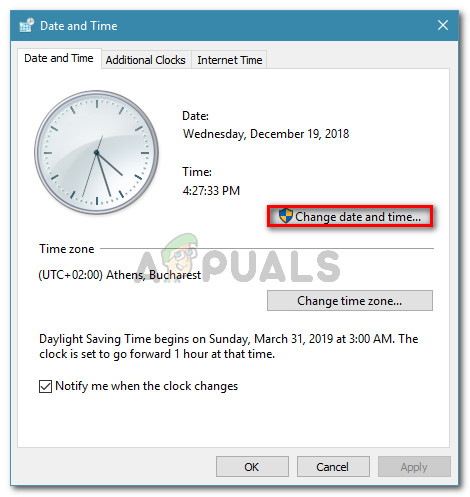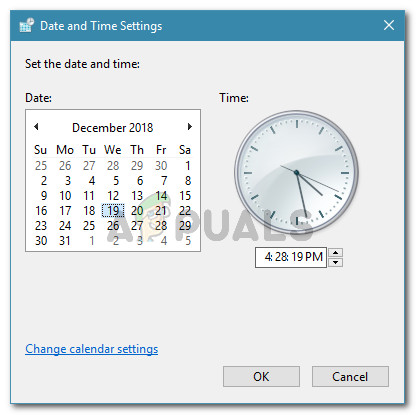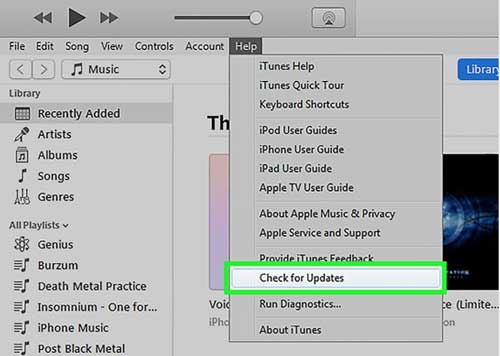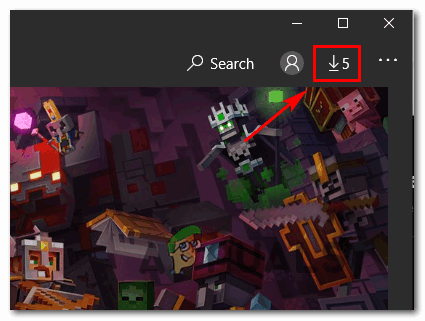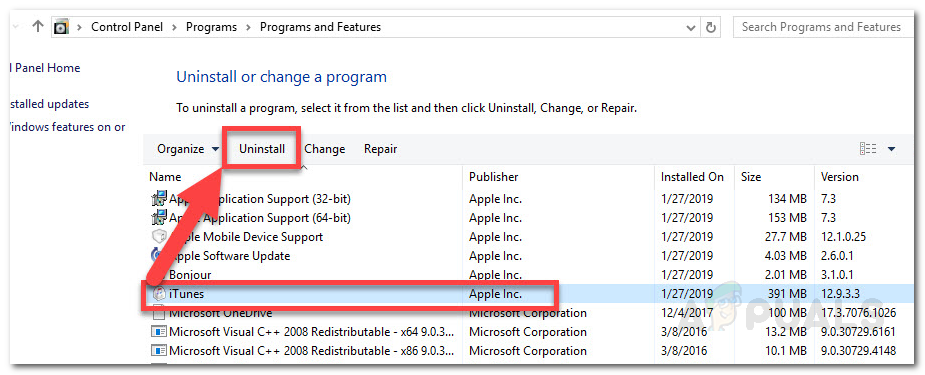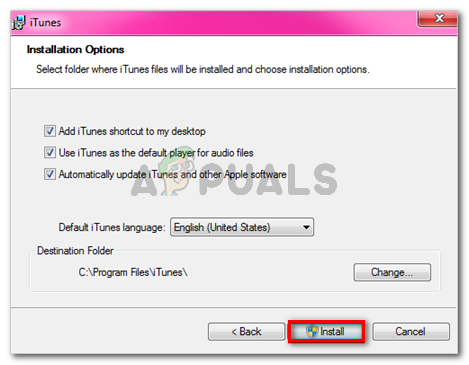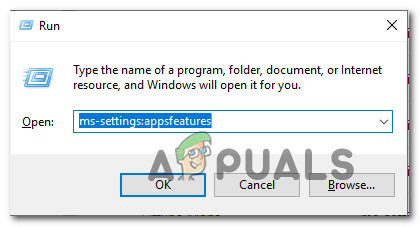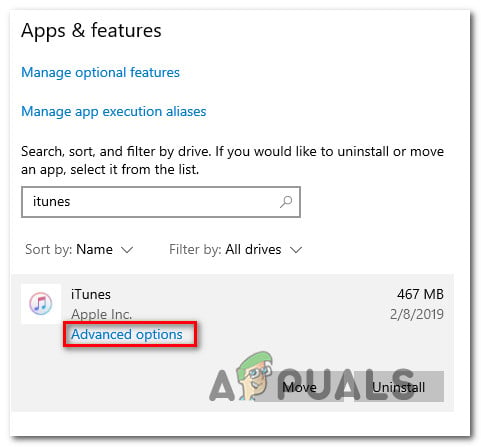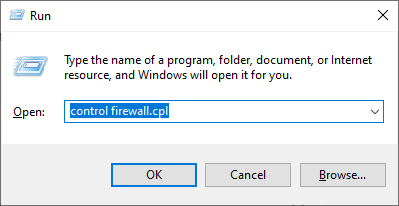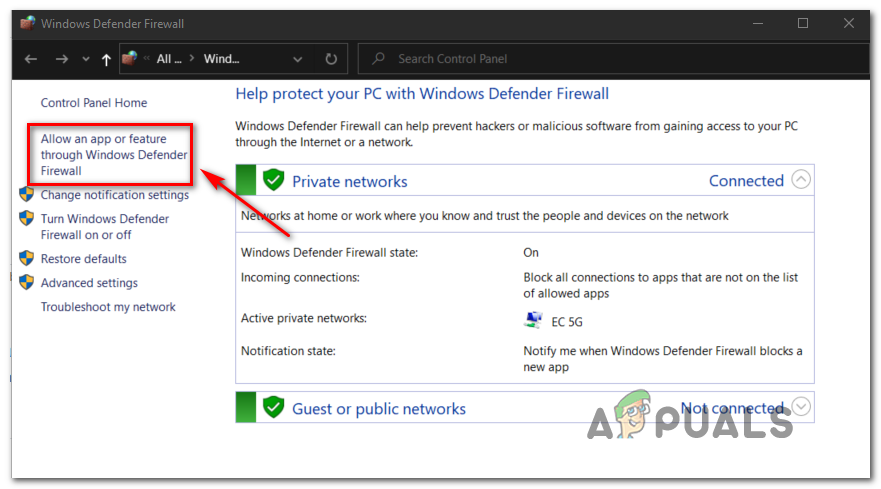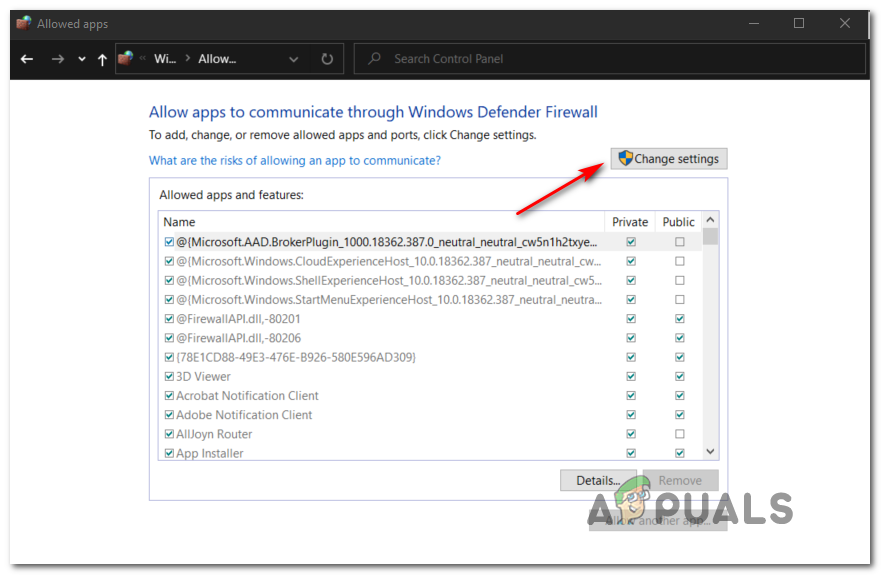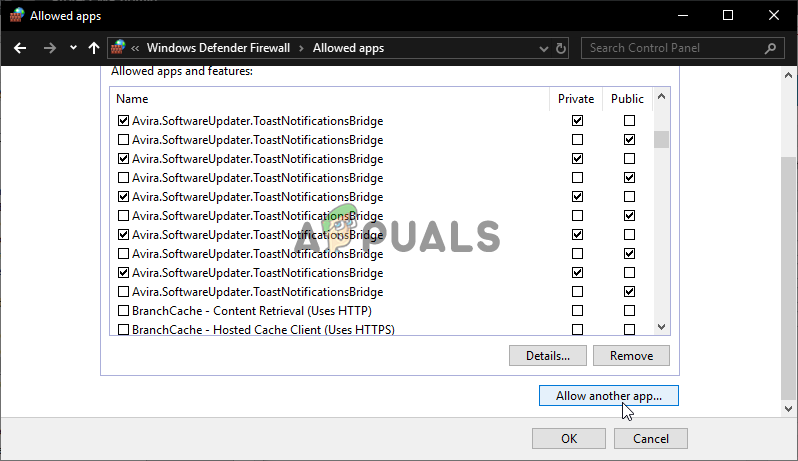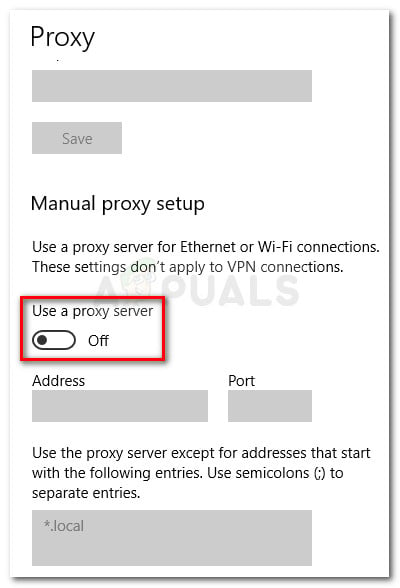When troubleshooting this particular issue, start by ensuring that your system’s date & time is correct. This is important because iTunes will impose a server-level check and reject the connection if your end-user machine time is outdated. But this problem can also occur due to a severely outdated iTunes version that is no longer allowed to connect to Apple’s servers. In this case, you’ll need to use the auto-update function or uninstall > reinstall manually in case the auto-update function is broken. However, if you’re using an overprotective AV suite, it’s also possible that the 0x80092013 error code is caused by a connection interruption triggered by your firewall. In this case, you can resolve the issue by adding iTunes (and Safari if installed) to the exception list. And finally, another fairly common instance that will trigger this error is a gateway service like a VPN client or a Proxy server. If you’re using one of those, disable them and see if the error code goes away.
Method 1: Setting the correct date and time (if applicable)
As it’s been confirmed by a lot of different affected users, the 0x80092013 error code can also occur after a failed date & time verification. Keep in mind that iTunes has a mandatory verification that will cross-check the date & time of the connecting device (your computer) against the values on its server. If the values are off, it will regard it as a potential security vulnerability risk and refuse your connection with the iTunes library. If you notice that your date & time is off and you think this is the root cause of the 0x80092013 error, you should be able to fix the issue swiftly by setting the correct time & date from the Date & Time window. To do this, follow the instructions below: Note: If your date & time keeps changing after you do a system shut-down, you’re most likely dealing with a faulty CMOS battery. In this case, you will need to open your computer’s case and replace it. If you adjusted the time & date values to the correct values with no success or the values were already correct, move down to the next potential fix below.
Method 2: Update or Install the latest version of iTunes
As it turns out, the 0x80092013 error code is quite common on iTunes versions older than 10.6.1.7 (especially on Windows 10). Although we haven’t managed to find an official response from Apple, a lot of affected users have confirmed that the error code simply went away after they updated their iTunes installation to the latest version. If you suspect that you are using an outdated version of iTunes, open the application and use the ribbon bar at the top to click the Help menu. Then, from the newly appeared context menu click on Check for Updates. Note: If you’re using the UWP version of iTunes, open your Microsoft store, click on the Download button (top-right corner) and then click the download icon associated with Itunes (under Available Updates) But given the fact that the auto-updating function is notoriously unreliable on Windows, you should double-check to see if you’re actually having the latest version and you’re not dealing with a software glitch. If you discover that your iTunes version is indeed outdated and the auto-updating function refuses to upgrade you to the latest version, you will have to do this manually. But keep in mind that the steps of doing so will be different depending on the iTunes version that you’re using – If you have the UWP (Universal Windows Platform) version, you need to do via the Settings app, and if you have the desktop version, you’ll need to do it via the Programs and Files menu. Follow the instructions applicable to your particular scenario:
A. Reinstalling the latest version of iTunes for desktop
B. Reinstalling the latest version of iTunes UWP
Method 3: Adding Safari and iTunes to the AV Exception list (if applicable)
As a lot of users have confirmed, you can also expect to see the 0x80092013 error occurring due to interference caused by the firewall solution that’s currently active. This is fairly common with the free version of AVG, but it’s also confirmed to occur with the built-in Windows firewall (especially on Windows 7). If this is applicable to your current situation and you’re using Windows Firewall, you should be able to fix the issue by whitelisting both the main iTunes executable and the Safari supporting framework. Note: If you’re using a different 3rd party suite, search online for specific steps on whitelisting Safari and iTunes in your firewall settings menu. If you’re using Windows Firewall, follow the instructions below: If you’re still seeing the 0x80092013 error when attempting to play or download content, move down to the next fix below.
Method 4: Disabling Proxy or VPN
As it turns out, the iTunes utility doesn’t play nice with gateway services that facilitate anonymous web browsing and the circumvention of content restrictions. This is understandable since the iTunes library is different depending on the region where you access it from. However, the ability to detect and reject VPN and proxy connections are superior on iTunes. As we’re writing this, there are only a handful of VPN clients that can go undetected in Itunes (and this list is getting smaller). So one potential culprit that might actually be the underlying cause of the 0x80092013 error is an active proxy server or a VPN client that’s being deployed at a system or network level. If this scenario is applicable, you should be able to fix the issue by disabling the proxy server or uninstalling the VPN client that is currently acting as a gateway. Depending on the gateway service type you’re using, follow guide A or guide B for instructions of disabling your VPN or Proxy server:
A. How to uninstall your VPN client
B. How to Disable your Proxy server
After you have successfully managed disable or uninstall your Proxy server / VPN client, open iTunes once again and repeat the action that was previously triggering the 0x80092013 error to see if the issue is resolved.
Error Code 0x80090318 When Accessing the iTunes Store WebsiteHow to Fix The iTunes Store is Unable to Process Purchases at This TimeFix: Secure Link to iTunes Store FailedFix: We could not complete your iTunes store request
